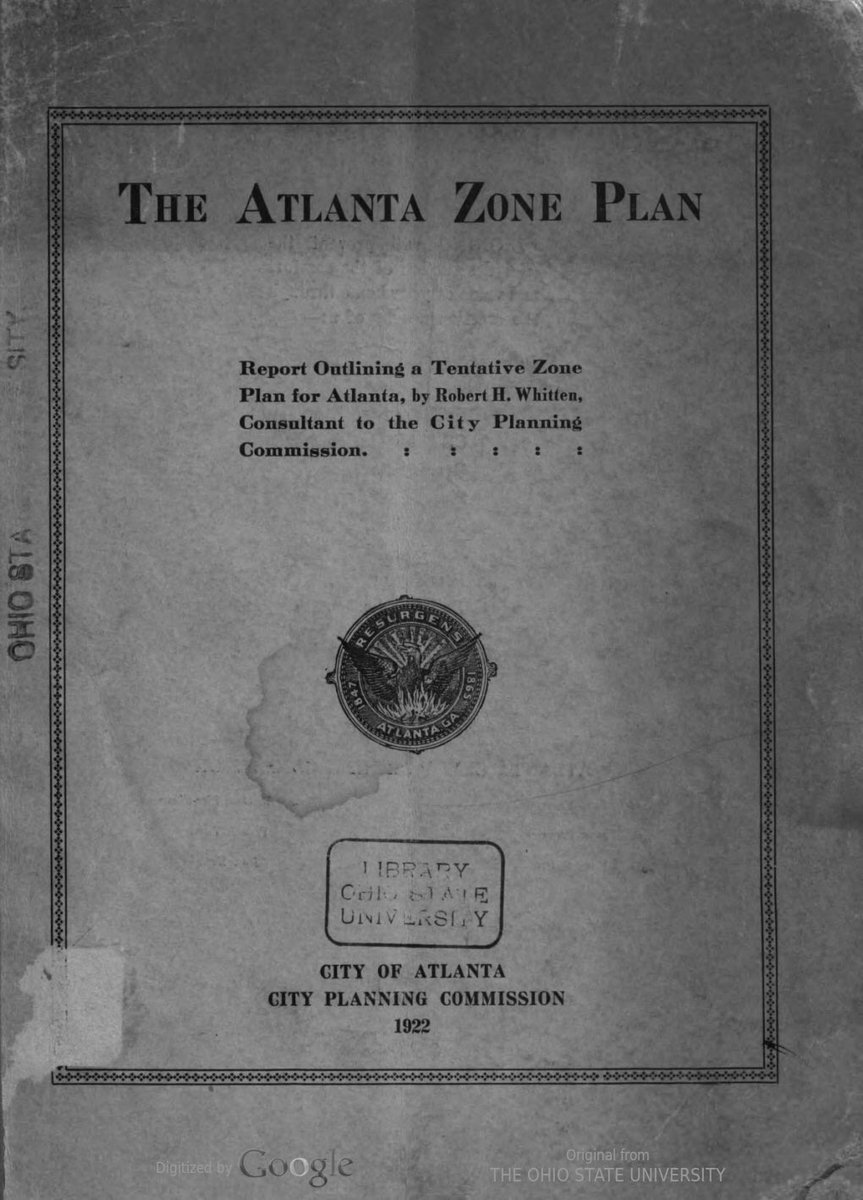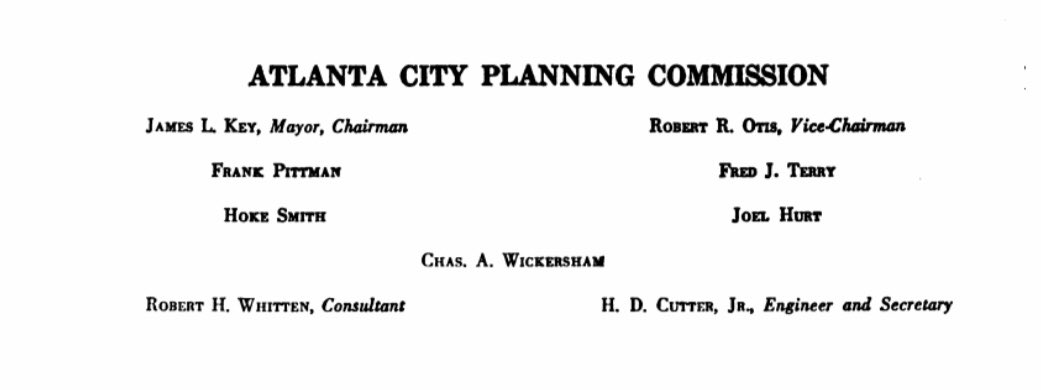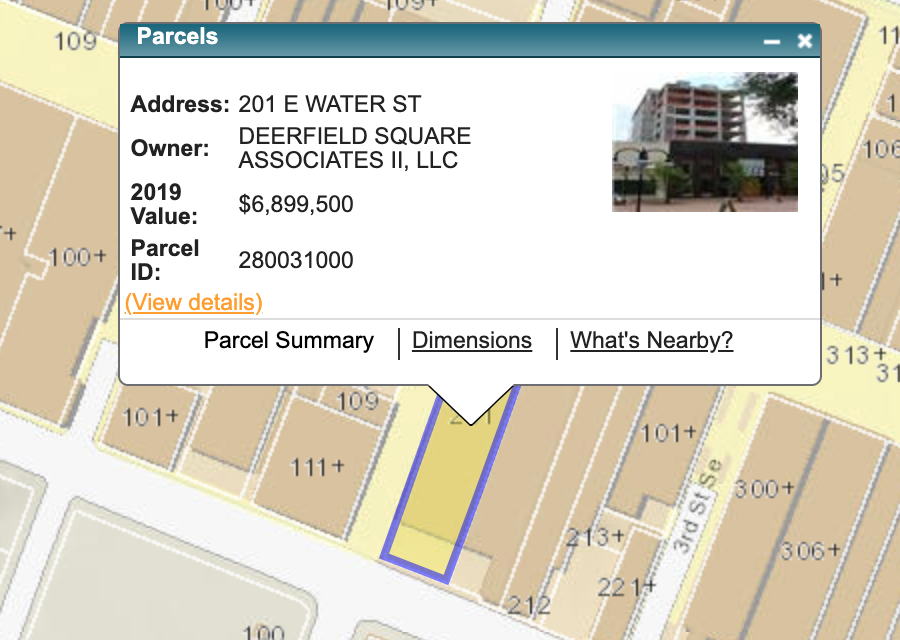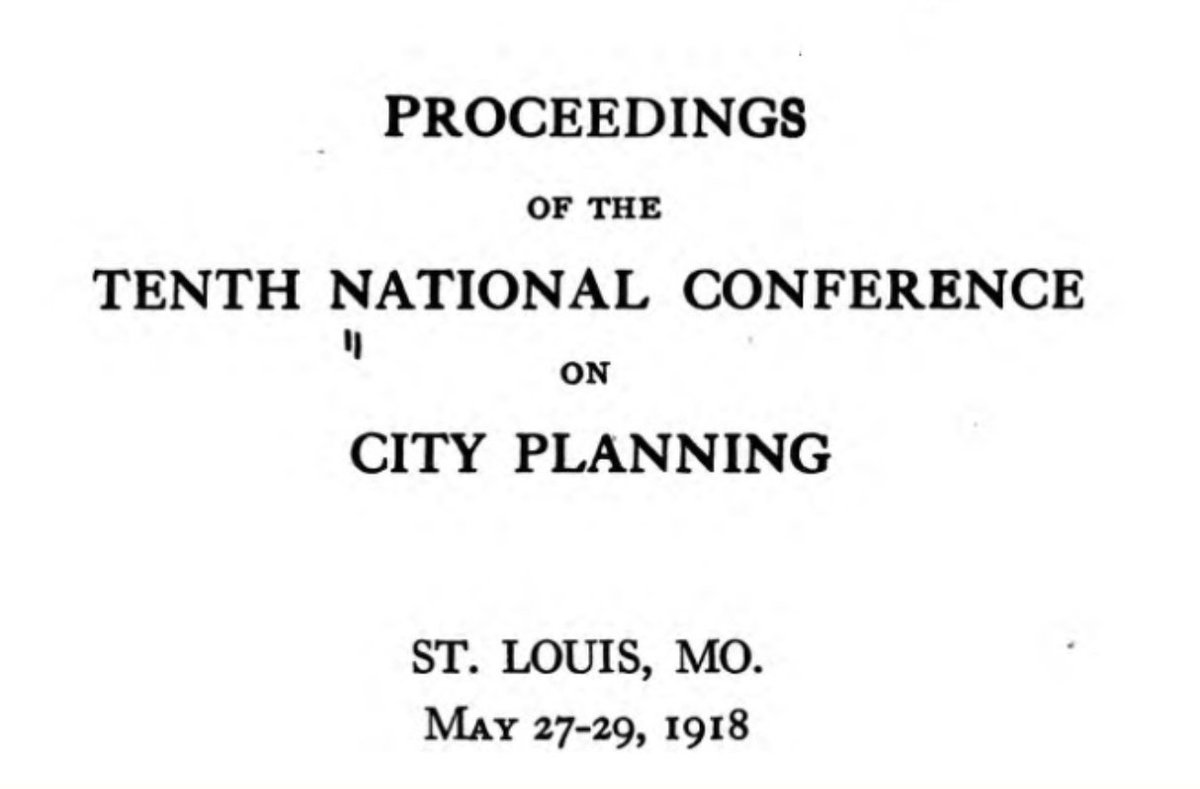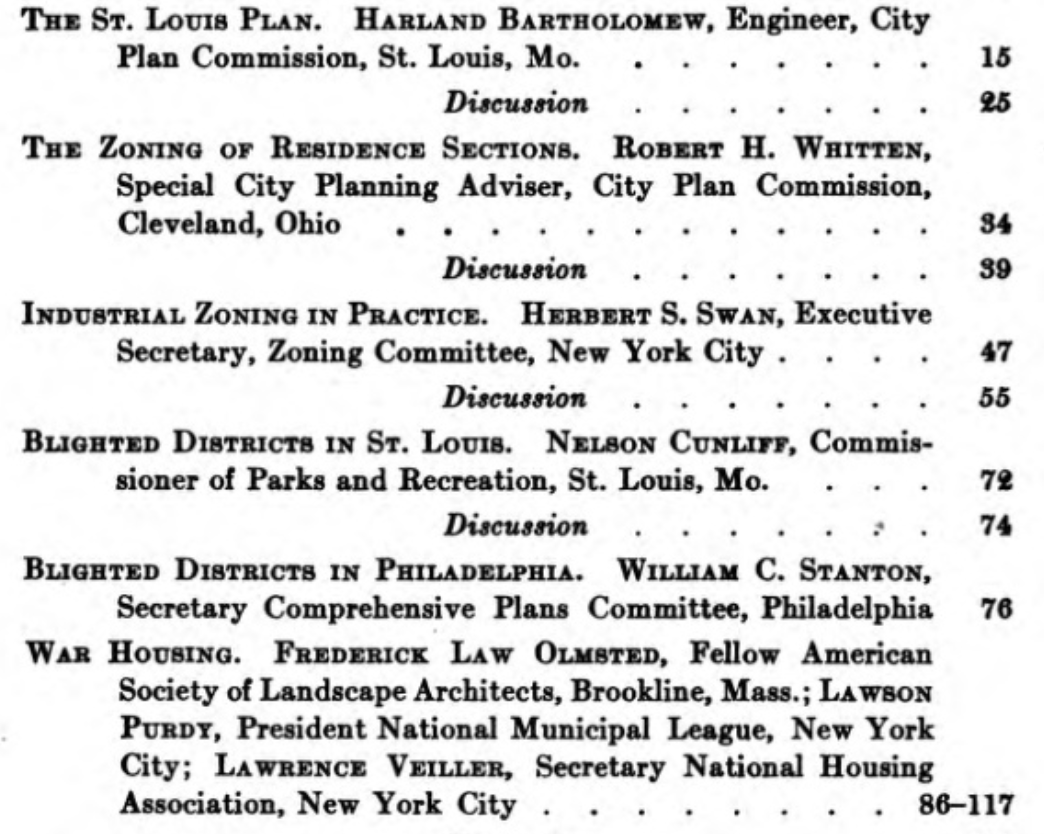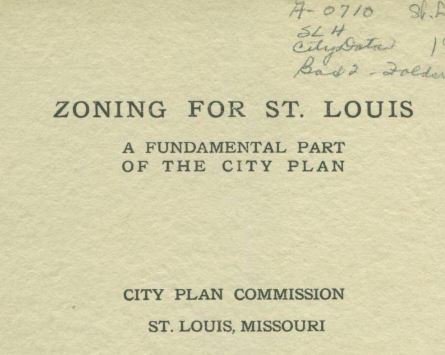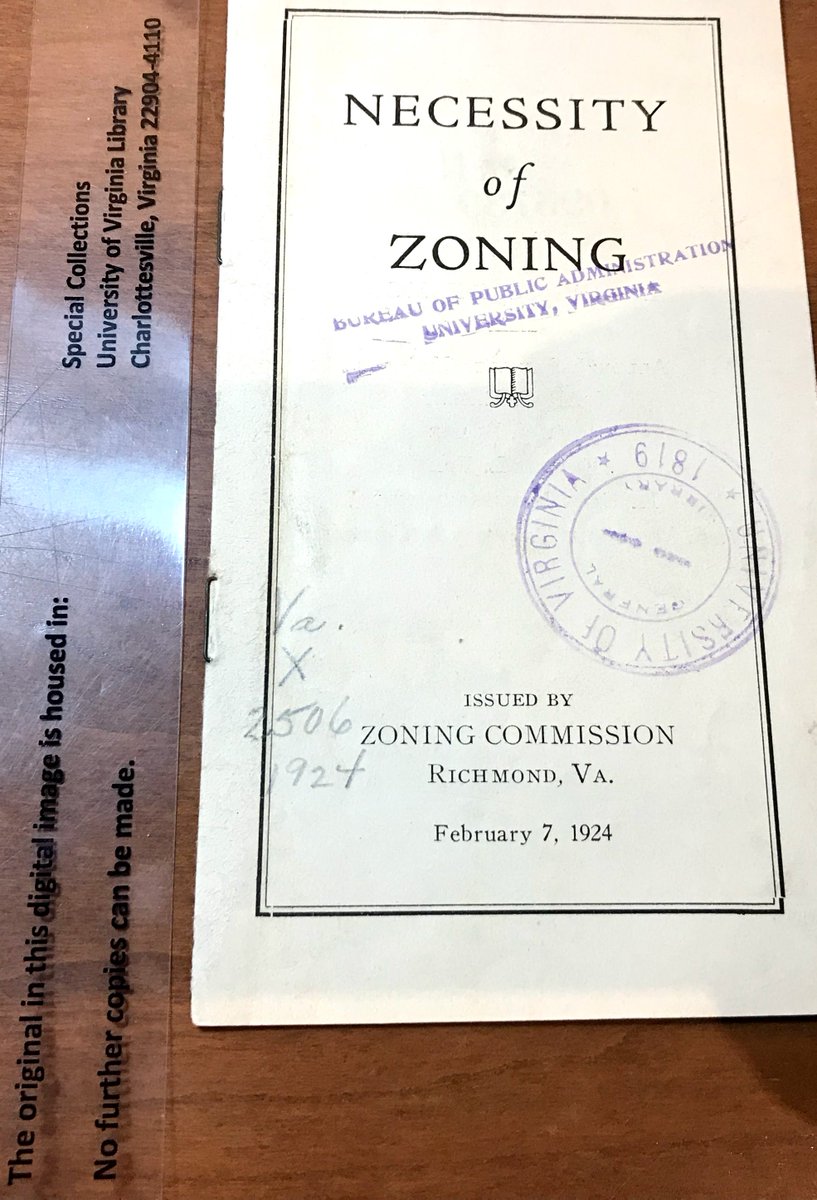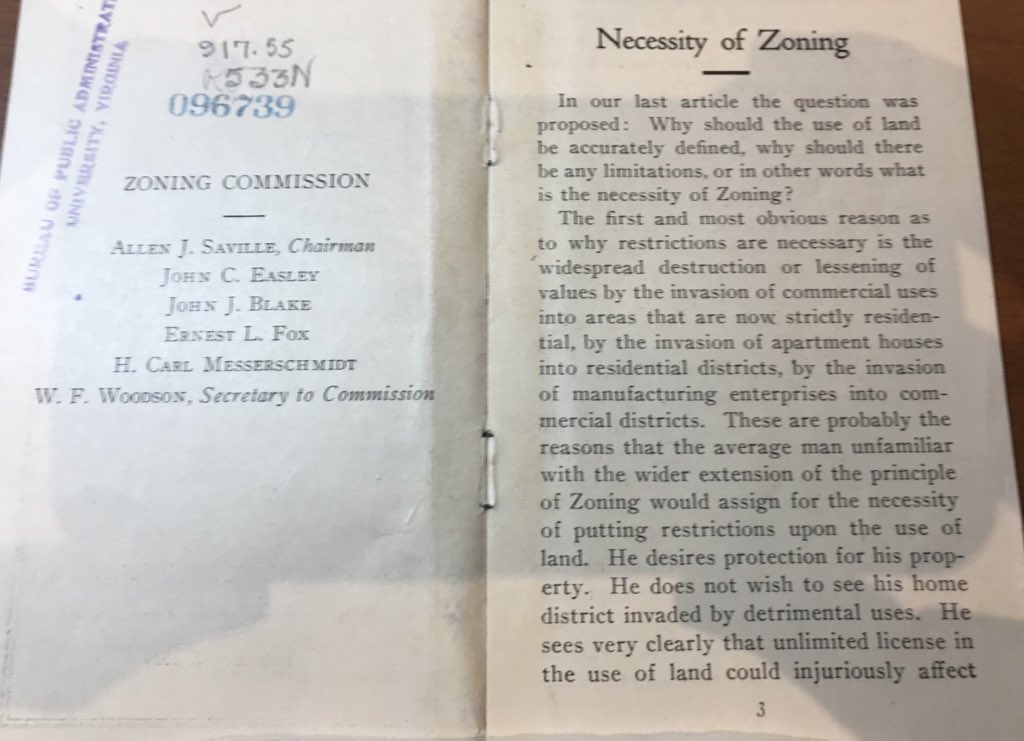
The agenda for tomorrow's @CvilleCityHall Planning Commision worksession with @CvillePlans is posted here charlottesvilleva.civicclerk.com/Web/Player.asp… 

And this time it's all about the FLUM, the Future Land Use Map, something we have not worked on since early 2019
What's a Future Land Use Map? I hope you're ready for a presentation, linked here drive.google.com/file/d/1L-MPyW…
"A guide for development – it can be used when evaluating
development proposals"
development proposals"
Is this the zoning plan? It is not, but that comes next and it will be based on this so it's important that we get this part right.
Looking at residential land uses, low density, suburban style homes dominate the field. I'm often surprised how much more city-like the homes directly outside the City are 

Amazing variation in how busy different corridors in the city are, by an order of magnitude. 29 N, 64, and the 250 Bypass are the winners 

We aren't doodling idly here, we've been charged by the draft Affordable Housing Strategy to allow homes to address the regional affordable housing crisis and racial equity. 

Current zoning tells a simple story: single family detached homes and nothing but. The whole city isn't zoned for that, but 52% is. We didn't even have that until the Civil Rights era. 

Charlottesville is older than zoning, so there's a whole lot of older more city-like "missing middle" homes that wouldn't be allowed today. @RoryStolzenberg has done a bunch of work finding these gems 

Currently 2/3 of the city is closed off to more affordable "Accessory Dwelling Units" or granny flats and what little is allowed is subject to exclusionary regulations for example requiring the homeowner to live on premises. Most city residents rent. 

We've heard a lot from the public on what we want to get out of this new map. It's a tall order, but I believe we can do it. 

I think this list comes from a previous Planning Commission discussion on how to approach the creation of the map 

This is brand new to me, a new framework from the @CvillePlans team to guide the creation of the new map 

Is this perfect? Not quite, it concentrates change unevenly across the city. Is it better than before? Very possibly. 

Corridor vs node has been a big tension in Charlottesville. Corridor planning has been dominant for decades (think West Main, Cherry, 29), so the 2018 draft plan focused on "nodes" to balance. Think of the Corner, Downtown Mall, and Downtown Belmont. Both have advantages 

Based on my read of the agenda, most of the evening will be about these three land use mapping questions 

I'm taking notes on tonight's worksession here docs.google.com/document/d/1g8…
• • •
Missing some Tweet in this thread? You can try to
force a refresh







